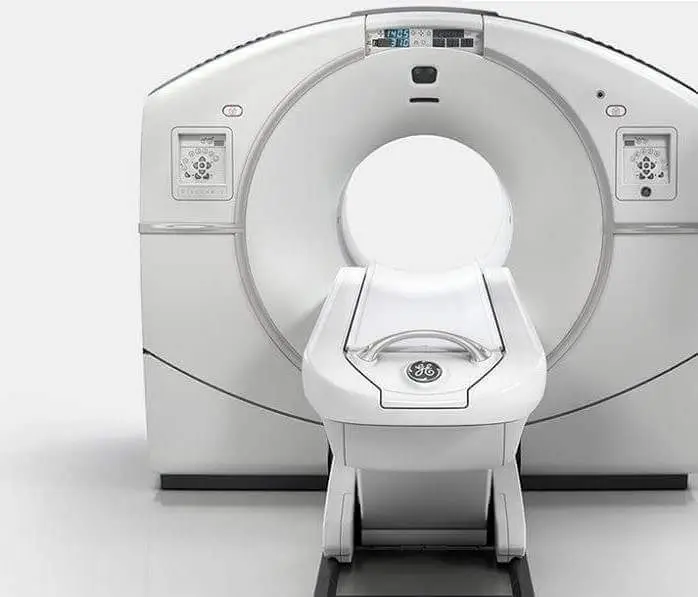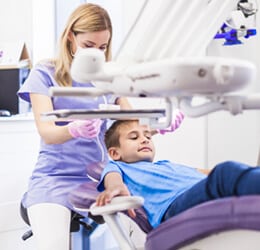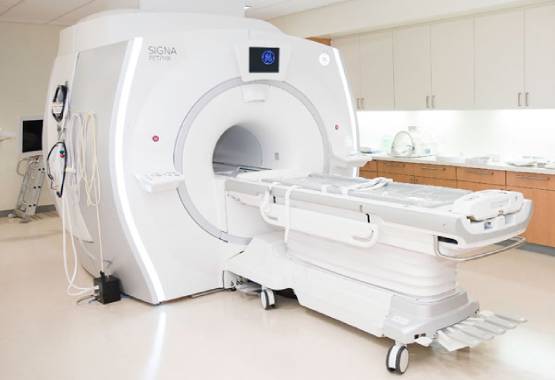Best Diagnostic Center in Chandigarh for All Medical Imaging Needs
As the leading diagnostic imaging center in Chandigarh, we provide comprehensive radiology services including MRI, CT Scan, PET-CT, Ultrasound, X-ray, Echocardiography, ECG, and EEG. Our state-of-the-art facilities are equipped with the latest diagnostic technology to deliver accurate results for patients across Chandigarh, Mohali, and Panchkula.
Why Choose Our Diagnostic Services in Chandigarh?
- Advanced technology with 1.5T and 3.0T MRI scanners
- Most affordable rates for all diagnostic tests in Chandigarh Tricity
- Same-day reporting by specialized radiologists
- Conveniently located centers across Chandigarh
- Complimentary pick and drop services for patients
- Open 7 days a week including holidays
Visit our centers in Sector 34, Sector 22, or Sector 17 Chandigarh for the best diagnostic experience. Book your appointment today for high-quality, affordable diagnostic services in Chandigarh.
Did your doctor prescribe a CT or Computed Tomography Scan of the abdomen and pelvis? Or, in short, an abdominal scan screening your internal abdominal and pelvis structures and functions.
Well,
It’s nothing so scary as it seems in word-of-mouth!
CT scan, like any other diagnostic modality, aims to provide detailed imaging without invasion into your body. A series of X-ray beams work to produce the visuals alongside an iodine-based contrast dye that you receive via intravenous administration.
Although the use of ionizing radiation brings forth certain risk factors, a precise eye on the dosage serves to lower them! CT scans are quick, simple, and available in almost every healthcare center across the globe!
They are superior to X-rays and ultrasounds in many cases and can help your doctor locate abnormalities at their early stage. This further enables your doctor to conduct an early treatment and you to combat deadly diseases right at their bud!
Wondering what can a CT scan of the abdomen and pelvis detect? Here’s a list of the organs a CT scan of the abdomen and pelvis shows and what health conditions can it reveal! Don’t miss getting an insight before your CT scan!
Liver
The largest organ in the abdomen, located in the upper right quadrant, the liver, shows up; easily on CT imaging. As a result, your doctor can detect liver inflammation, infections, non-alcoholic or alcoholic fatty liver disease, obstructive or non-obstructive jaundice, traumatic liver injury, liver cirrhosis, fibrosis, cancers, and so forth!
Gallbladder
A small organ located beneath the liver and responsible for storing bile in your body, the gallbladder, come precise and detailed in CT imaging. Whether you have stones, cysts, polyps, or tumors (benign or malignant) in your gallbladder or your gallbladder gets enlarged, a CT scan can trace it all!
Pancreas
A glandular organ; situated right behind your stomach, working day and night to produce enzymes and hormones for your body, may turn vulnerable to infections, inflammation, injuries, bleeding, abscesses (or fluid build-up), cancerous growth, and more. A CT scan can help your doctor determine the exact disease affecting your pancreas and plan a treatment accordingly.
Spleen
Residing in the upper left quadrant of your body, involved in filtering blood and subsequently supporting the immune system, the spleen; often gets affected by benign and cancerous lesions. Haemangiomas and lymphomas be the most common herein! A CT can diagnose them right away. The scan may also show a spleen rupture or enlargement.
Stomach
A muscular organ that receives and breaks down food for your body, your sweet tummy; the stomach is more often diagnosed with the minimally-invasive endoscopy technique! But do you know CT scans can accurately map your stomach and expose conditions like stomach infections, injuries, inflammation, ulcers, and cancers?
Small Intestine
Yes. Your small intestine, or the long tube-like organ responsible for hosting digestion and absorption of nutrients, is prone to bleeding, obstructions, infections, ulcers (or peptic ulcers, to be precise), immune disease, inflammatory disease, and so forth! That’s also what a CT scan of the abdomen and pelvis serves to show!
Large Intestine (or Colon)
Perhaps, a significant part of the digestive system helping your body absorb water and electrolytes, the larger intestine, or, what we call, the colon, appears accurately on CT images. Your doctor can locate any extra tissue growing in your colon and whether they have turned cancerous. Inflection or inflammation of the pouches in your colon also gets the spotlight in CTs.
Kidneys
Kidneys, the paired organs located in the retroperitoneal space and in charge of filtering waste products from the blood, are explicitly visible in an abdominal CT scan. With these visuals, your doctor can evaluate and characterize kidney damage, stones, polycystic kidney disease, infections, simple cysts, diabetic kidney disease, and organ failure.
Adrenal Glands
Adrenal glands are the small glands; situated on top of each kidney. They play a key role in producing hormones; called adrenalin and may get suppressed or reduced at times. A CT can detect it! The scan can even highlight tumors or cancers growing in these glands, much better than a traditional X-ray.
Bladder
A muscular sac that stores urine, I mean; your bladder, is another of the organs that doctors assess via CT scan of the abdomen and pelvis. If and when you have bladder stones, infections, inflammation, dysfunction, or loss of bladder control (urinary inconsistency), cysts, polyps, and other abnormal lesions, CT scans can help diagnose it!
Uterus
If you are a woman, you already know that your female reproductive organ located in the pelvic region, the uterus, can have various abnormalities, from fibroids to sexual diseases and from endometriosis to uterine prolapse. Doctors may recommend an abdominal CT scan to find them out!
Ovaries
Did you not know that your female reproductive organs responsible for producing eggs and hormones, the ovaries, can be polycystic or twisted (torsade)? Indeed, common health concerns for women in our country, India! If you get red alerts like period irregularity, severe cramps, nausea, and excess weight gain, your doctor may order a CT to look for such diseases.
Prostate Gland
Your male reproductive gland situated below the bladder, the prostate gland, may sometimes get inflamed or enlarged, and that’s where you need an efficient diagnostic modality to determine the extent of inflammation or enlargement! Your doctor needs to determine whether cancerous growth exists in the gland. What’s better than the quick and simple CT?
Rectum
The lower part of the large intestine leading to the anus, the rectum, is another organ that your doctor screens via abdominal CT scans. This is typically to look for colorectal cancers and evaluate their stage. However, doctors may also want to know if there’s an abscess in the rectum or; maybe hemorrhoids.
Blood Vessels
Last; but not least, a CT scan visualizes your blood vessels passing through the abdomen and pelvis area, such as the abdominal aorta, inferior vena cava, and their branches. Such a diagnosis can help your doctors identify blood clots, lack of blood flow to the organs or tissues, narrowing or bulging of the blood vessels, etc.
Final Thoughts:
Hey,
It is salient for you to note that the aforementioned are the typical organs and structures to come up on a CT scan of the abdomen and pelvis. But the specific details may vary depending on the purpose of the scan, the settings used, and your individual anatomy. To avoid inaccuracy in the imaging reports, get your scan done from an accredited radiology lab!






